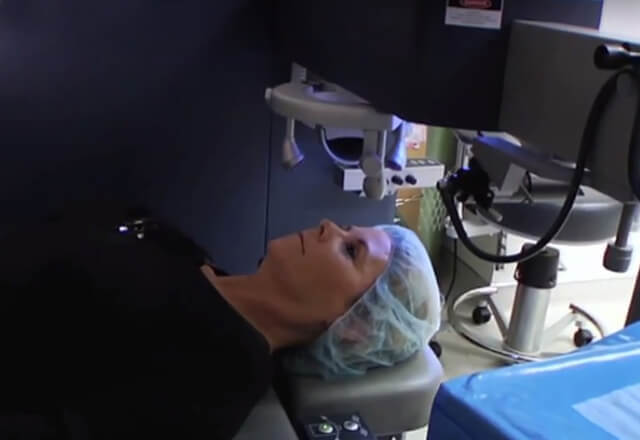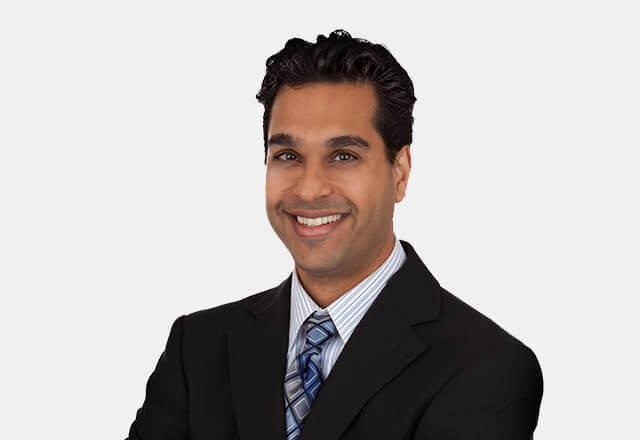
Last Updated on October 3, 2025 by Aaron Barriga
LASIK is a popular eye surgery that helps people see clearly without glasses or contact lenses. It uses a special laser to gently reshape the cornea and fix vision problems like near-sightedness, far-sightedness, or astigmatism. The procedure is quick, safe, and usually painless, with most people seeing better within a day or two.
What is LASIK Surgery?
LASIK is a common laser eye surgery used to correct vision problems like near-sightedness, far-sightedness, and astigmatism. It works by reshaping the cornea, the clear front part of the eye, so light focuses correctly on the retina. The goal is to improve vision and reduce the need for glasses or contact lenses. LASIK is a quick procedure with a short recovery time.
How Is LASIK Performed?
- First, your surgeon uses a femtosecond laser or a microkeratome, a mechanical surgical tool to create a circular thin flap in the cornea.
- Thereafter, the surgeon folds the flap that was hinged back, in order to access the underlying cornea or the stroma, and uses an excimer laser to remove the corneal tissue.
- An ultraviolet light beam is then used to remove the tiny amounts of tissue from the cornea in order to reshape it so that it can focus light more accurately on the retina for an improved vision.
- For people suffering from nearsightedness, the goal is to flatten the cornea. For people with farsightedness, a steeper cornea will work.
- Once the cornea is reshaped, the flap is then put back in its place, covering the area where the corneal tissue was removed. After this is done, the cornea is allowed to heal naturally.
- This LASIK eye surgery procedure involves the application of only topical anesthetic drops for the healing to take place. No bandages or stitches are required. Quite a relief!
How to Prepare for LASIK Eye Surgery
- Before you undergo LASIK, your eye doctor will perform a thorough examination of your eyes to ensure that they are healthy enough to undergo this procedure. Important aspects such as the thickness and shape of your cornea, moisture content, pupil size, as well as the presence of any refractive errors, will be evaluated.
- The curvature of the front surface of your eye is measured using an automated instrument called a corneal topographer, which also creates a “map” of your cornea.
- You are also likely to undergo a wavefront analysis to provide an even more precise map of aberrations that affect your vision.
- Since contact lenses usually alter the natural shape of your cornea, you will be asked to discontinue wearing contact lenses for some time, as advised by your doctor, before you undergo the surgery.
What Happens During LASIK?
- LASIK is performed individually on each eye, with each procedure taking just about five minutes. It’s really quite simple.
- First and foremost, numbing eye drops are applied to your eye to prevent any sort of discomfort that you may face during the procedure. Required medication may also be administered to help you relax.
- Thereafter, using an eye-lid speculum, your eye will be positioned under the laser. The speculum will keep your eyelids open throughout the surgery.
- Your eye surgeon will mark the cornea using an ink marker before creating the flap. A suction ring is then applied to the front of your eye in order to prevent any eye movements or loss of contact that might affect flap quality.
- Once the corneal flap is created, the surgeon will then adjust the excimer laser for your particular prescription, with the help of a computer.
- Next, you will be asked to focus on a particular beam of light for a short time. Meanwhile, your surgeon, using a microscope, will watch the eye as pulses of light are sent upon the cornea with laser.
Also Read: Before and After LASIK Eye Surgery
What is the Cost of Lasik Eye Surgery?
In California, LASIK surgery typically costs between $1,500 to $4,000 per eye, depending on the technology used and the surgeon’s experience. At InSight Vision Center, the cost is $2,095 per eye, offering high-quality care at a competitive price.
Learn more about LASIK pricing here.
Also read: Does VSP Cover LASIK?
Who Can Get LASIK?
Not everyone is the right fit for LASIK. Understanding LASIK candidate eligibility is key to ensuring safe and effective results. Find out if you qualify.
Ideal candidates have a stable vision prescription within FDA-approved limits, healthy eyes, and good general health. Other factors like age, corneal thickness, and realistic expectations also play an important role in determining eligibility.
Easy Tips for a Smooth LASIK Recovery
LASIK eye surgery recovery is usually quick, but proper aftercare helps protect your eyes and ensures the best results. To make healing easier, follow these simple tips and learn more about what to expect during the LASIK recovery time.
- Stick to your doctor’s post-op instructions
- Limit screen use to avoid eye strain
- Wear protective eyewear when needed
- Keep your hands away from your eyes
- Get enough rest and sleep
- Don’t miss follow-up visits
- Use prescribed eye drops regularly
- Stay in dust-free, clean environments
- Avoid wearing makeup around your eyes
- Protect your eyes with sunglasses outdoors
- Avoid swimming and high-impact sports
Why Choose InSight Vision Center for LASIK?
Choosing the right LASIK surgeon is key to a successful outcome. At InSight Vision Center, you’ll receive expert care, a free LASIK consultation, and a personalized treatment plan tailored to your vision needs.
Ready to see clearly without glasses?
Schedule your free LASIK consultation with our Fresno experts today!
Frequently Asked Questions

Dr. Azhar I. Salahuddin is an ophthalmologist and is fellowship-trained in cornea, external diseases, and refractive surgery. Dr. Salahuddin has been performing cataract surgery for over 19 years and specializes ocular reconstruction, corneal transplantation surgery as well as vision correction through a variety of intraocular lenses. Dr. Salahuddin is board-certified by the American Board of Ophthalmology and was trained at Boston University.

